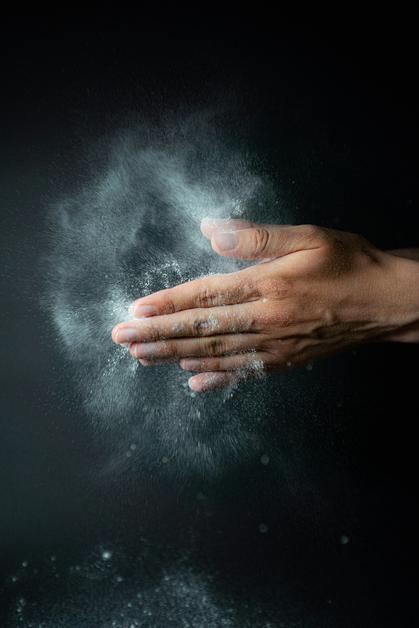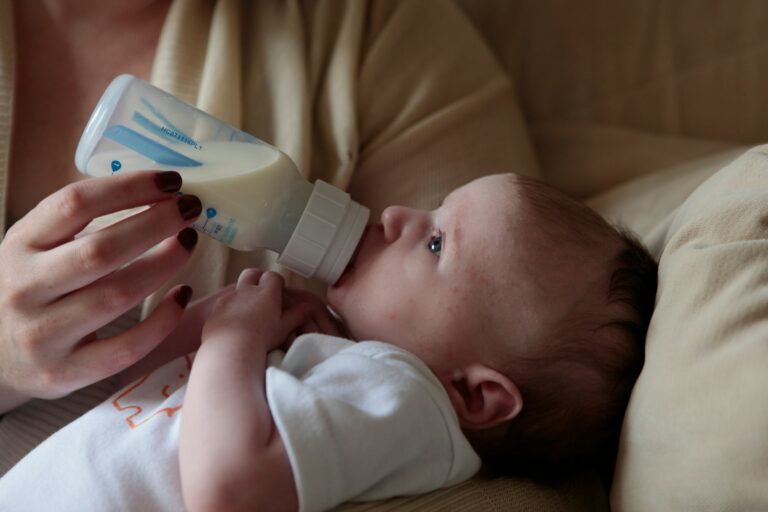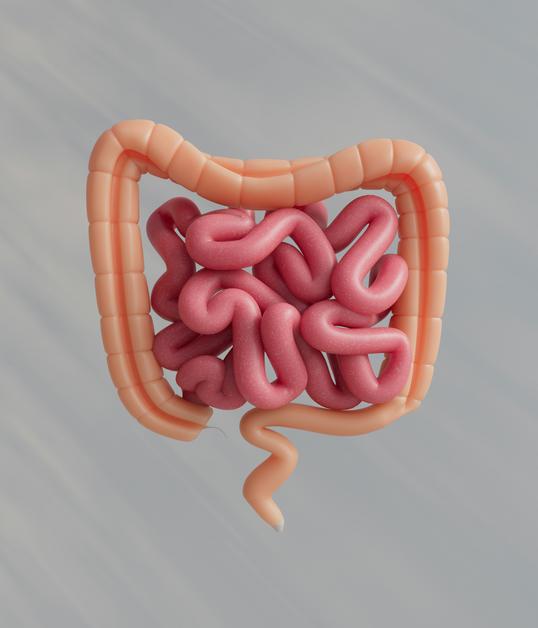Baby powder uses and alternatives—these words evoke a practical urgency and a tinge of nostalgia for many parents. Imagine a humid day, your little one’s delicate skin folding and bunching beneath the diaper—moisture, friction, and worry walk hand in hand. For some, baby powder’s soothing touch is as familiar as a lullaby; for others, the rising tide of medical news fuels concern. You may have found yourself juggling safety advice, lists of unfamiliar ingredients, and questions about what’s truly gentle for your baby. Between age-old customs and new scientific warnings, the path can feel tangled. Which ingredients are truly safe? Is it better to skip powders altogether? The next sections unfold answers, practical solutions, and carefully explained medical insights—because when it comes to your child’s comfort and health, clarity matters most.
What is baby powder and why is it popular?
Baby powder—fine, soft, almost cloud-like if tossed in the air—has been a trusted companion in family routines. Why such popularity, even across generations and different lifestyles? The answer lies in its core functions: absorbing moisture, reducing friction, and preventing skin irritation. Babies, whose sensitive skin spends hours tucked in diapers, are especially vulnerable to dampness, chafing, and redness. Baby powder uses and alternatives have always centred around preventing diaper rash, easing discomfort, and offering caregivers a simple method to keep skin fresh.
Let’s break it down: historically, the main types of baby powder were either talc-based or cornstarch-based (yes, that same cornstarch from the kitchen shelf), though today, a wave of gentle, plant-derived options has come to the fore. The core intents remain unchanged—absorb, protect, soothe. What shifts are the ingredients and safety profiles, driven by emerging research and evolving recommendations.
Key ingredients: talc, cornstarch, and modern natural options
Parents may wonder—why all the debate around talc and its alternatives? Talc is a natural mineral, chosen for its silky texture and impressive moisture-absorbing ability. Talcum powder, however, has recently found itself at the centre of controversy due to concerns about potential contamination with asbestos (a toxic mineral) and the risk of respiratory irritation.
Enter cornstarch—derived from maize, offering an equally soft feel and excellent moisture control, but with larger particles that are less likely to be inhaled. Think about plant-based innovations: arrowroot powder and tapioca starch, both hypoallergenic and gentle, especially for ultra-sensitive little ones. Then there’s kaolin clay, favoured for its oil-absorbing prowess, and oat flour, which earns admiration for its natural soothing and anti-itch properties.
Curious about how to choose wisely? Tips from dermatological studies emphasise fragrance-free, dye-free, and hypoallergenic variants. Reading labels might seem dull, but it’s the first shield against unnecessary skin reactions. Look for products explicitly marked “safe for infants”—the baby powder uses and alternatives category is broad, but not all products are equally gentle.
Skin comfort, traditions, and the evolving routine
Why do some families cling to the classic sprinkle of baby powder, while others steer clear? Culture plays a part—across many communities, baby powder uses and alternatives have found favour in both daily baby care and wider family routines. A little powder, after a bath or before fresh clothes, can seem almost like a ritual connecting generations. The science, however, now urges parents to be mindful—tiny particles suspended in the air may do more harm than good, especially around newborns with sensitive or still-developing airways.
Still, skin comfort matters, especially in regions with persistent humidity or frequent diaper changes. Absorbing moisture in skin folds isn’t about aesthetics—it’s a real defence against bacterial or fungal overgrowth, which can quickly turn a simple rash into an infection. Modern advice nudges parents towards a blend of tradition and innovation: combine brief exposure to air, gentle cleansing routines, and, where appropriate, safe, natural powders.
Learning from experience: the medical turn
Science never stands still. What once felt safe—dusting a baby’s skin with powder—now attracts scrutiny. Why the concern? Medical studies have underscored that baby powder uses and alternatives involving fine powders (especially talc) may increase the risk of inhalation. Even brief, low-level exposure can stress an infant’s lungs, potentially causing cough or irritation; in rare instances, it can trigger breathing difficulties. These findings are especially important for premature babies or those with known respiratory concerns, as their mucous membranes are far more sensitive.
Worse still, the global news spotlighted several episodes where talc-based powder was found tainted by asbestos—a known, harmful carcinogen. Regulatory bodies responded, prompting withdrawals and court cases. Today, paediatric dermatologists and medical societies unite: caution is best, talc is best avoided, and even “natural” alternatives should be used judiciously.
Scientific evidence, regulatory updates, and allergic reactions
The facts are clear. Respiratory issues, ranging from mild coughing to more serious pulmonary complications, have been well-documented in babies and infants exposed to airborne powders. Also, skin allergies aren’t rare—redness, itching, or a stubborn rash may all hint at a sensitivity. If a little one already struggles with eczema or dermatitis? The skin’s barrier is impaired, so introducing any new substance—even one labelled “natural”—demands a patch test and, ideally, medical advice.
Legal and regulatory scrutiny has raised standards, but has also amplified confusion among parents. Some manufacturers tout plant-based, “organic” claims, yet the golden rule remains: be wary of unnecessary additives, and less is often more when it comes to infant skincare.
Modern alternatives: safer, science-backed solutions
How do today’s parents adapt baby powder uses and alternatives to modern needs and medical advances? One route is cornstarch powder—widely available, well-tolerated, and generally safe so long as skin is kept clean and dry to avoid microbial build-up. Plant options like arrowroot powder, tapioca starch, and kaolin clay offer appealing texture and moisture absorption, especially when blended for gentleness. Oat flour stands out for its calming effect on irritated skin, particularly when mild inflammation lingers.
Here, a word of caution: even plant powders can support bacterial or fungal growth if consistently left in damp areas, so regular cleansing and thorough drying are a must. When in doubt, less is more.
But powders are just one part of the puzzle. Frequent diaper changes, gentle washing with plain water, and letting skin air-dry between changes are central to avoiding irritation. Consider zinc oxide creams as a barrier solution—these creams create a protective layer, shielding delicate skin from persistent moisture and acidic urine without the inhalation risks tied to powders. Health journals and paediatricians alike recognise such creams for their safety and effectiveness, especially when applied after a gentle cleanse and before each fresh diaper.
Choosing the right product: practical medical guidance
Feeling uncertain in the baby products aisle? You’re not alone. Here’s a checklist, synthesised from dermatologist and pharmacist advice:
- Choose only hypoallergenic, fragrance-free, and dye-free powders or creams.
- Certified, plant-derived, or organic ingredients are preferable.
- Select products designed specifically for infants or those with sensitive skin.
- When introducing anything new, test on a small area; wait 24 hours before larger use.
- Always prefer manual application (powder onto hands, then onto skin), never a direct sprinkle.
Stay away from aerosol sprays or adult-intended powders—particulate size and additives can differ dramatically, with unpredictable results on tender baby skin.
Expanding baby powder uses and alternatives: beyond the nursery
Who said such products are only for babies? Family life brings sweaty feet, sticky weather, and general messes—baby powder uses and alternatives quietly make their way into grown-up routines. Think about sprinkling a bit into shoes to absorb odours, or easing the removal of stubborn sand after a trip to the park. Some adults even dab cornstarch on areas prone to chafing during sport or travel. Here are some creative ideas:
- Keeping skin folds dry for all ages, especially in the heat.
- Freshening up shoes, gym bags, or storing items with moisture-absorbing needs.
- Lightly dusting roots for a DIY dry shampoo.
- Untangling jewellery knots or silencing squeaky floorboards and shoes.
- In gardening, preventing mold on bulbs or soothing hands after repairs.
Each new use should still begin with a patch test for sensitive skin and stay away from faces or wounds, preserving safe habits for all family members.
Safe application: real-life, science-informed practice
Application isn’t just a technicality—it’s a safety issue. To limit risks, squeeze powder onto your clean, dry hands, then pat gently on your child’s skin. Steer completely clear of faces, airways, or broken skin. Wipe away any residue at each change to keep pores unclogged and avoid potential irritation.
Only ever use powders in well-ventilated spaces, shutting lids securely and storing containers out of children’s reach. If redness, swelling, or any sign of allergy emerges, stop immediately. Children with asthma or previous lung issues deserve an extra-thorough discussion with their doctor before any powder is used.
Redefining routines: gentle, personalised care
Moving away from talc-based powders isn’t about losing protection—it’s about finding a new balance. Rethink routines with frequent nappy changes, ample air time for skin, soft cloth for each cleanse, and the right barrier cream. Let go of old habits and try approved starches or creams as comfort allows. No single method serves every family or skin type; adaptation and flexibility are the hallmarks of confident, informed parenting. Baby powder uses and alternatives truly reflect this journey—old and new, blended together for genuine well-being.
Key Takeaways
- The traditional embrace of baby powder uses and alternatives rests on moisture control—but research now pushes caution, steering families away from talc due to inhalation and contamination concerns.
- Today’s toolbox includes cornstarch powder, arrowroot powder, tapioca starch, and zinc oxide creams—all backed by paediatric recommendations for efficacy and safety.
- Best practice? Prioritise frequent diaper changes, minimal additives, gentle drying, and clinical barrier creams for optimal protection.
- Discontinue at the first sign of irritation; seek professional advice for persistent symptoms or chronic sensitivity.
- Adapt routines with confidence—lots of safe, proven options exist for families committed to comfort and health at every stage.
- For tailored advice and free health questionnaires for your child, download the application Heloa.
Questions Parents Ask
Can you use baby powder on adults and in intimate areas?
Absolutely, adults often find benefit in baby powder uses and alternatives to reduce sweat, discourage chafing, and maintain freshness, especially in hot weather or during physical activity. For intimate zones, favour products labelled talc-free and fragrance-free—these are milder on delicate skin. Some individuals opt for cornstarch or arrowroot-based options, applying sparingly to lessen irritation risk. Any persistent redness or discomfort is a sign to stop and explore gentler alternatives.
Are there moisturisers or oils that can be used instead of baby powder?
Definitely. Many families switch to gentle emollients—think coconut oil, shea butter, or medical-grade petroleum jelly. These act as moisture barriers without any risk of inhalation. For baby care, a small amount after each change can keep skin soft and protected. As always, a patch test is advised before regular use to avoid unexpected reactions.
What is safer: cornstarch, talc-free powders, or other natural alternatives?
Medical consensus now swings in favour of talc-free powders, especially cornstarch-based and arrowroot options. Such choices pose a lower risk to baby lungs, while still absorbing moisture effectively. Even so, the best approach is moderation—use small amounts, keep powder away from faces, and limit use if your child has pre-existing breathing problems. When in doubt, consult your paediatrician for personalised guidance.
Baby powder uses and alternatives—once a simple tradition, now a thoughtfully adapted practice—demonstrate the evolving art and science of parenting.









